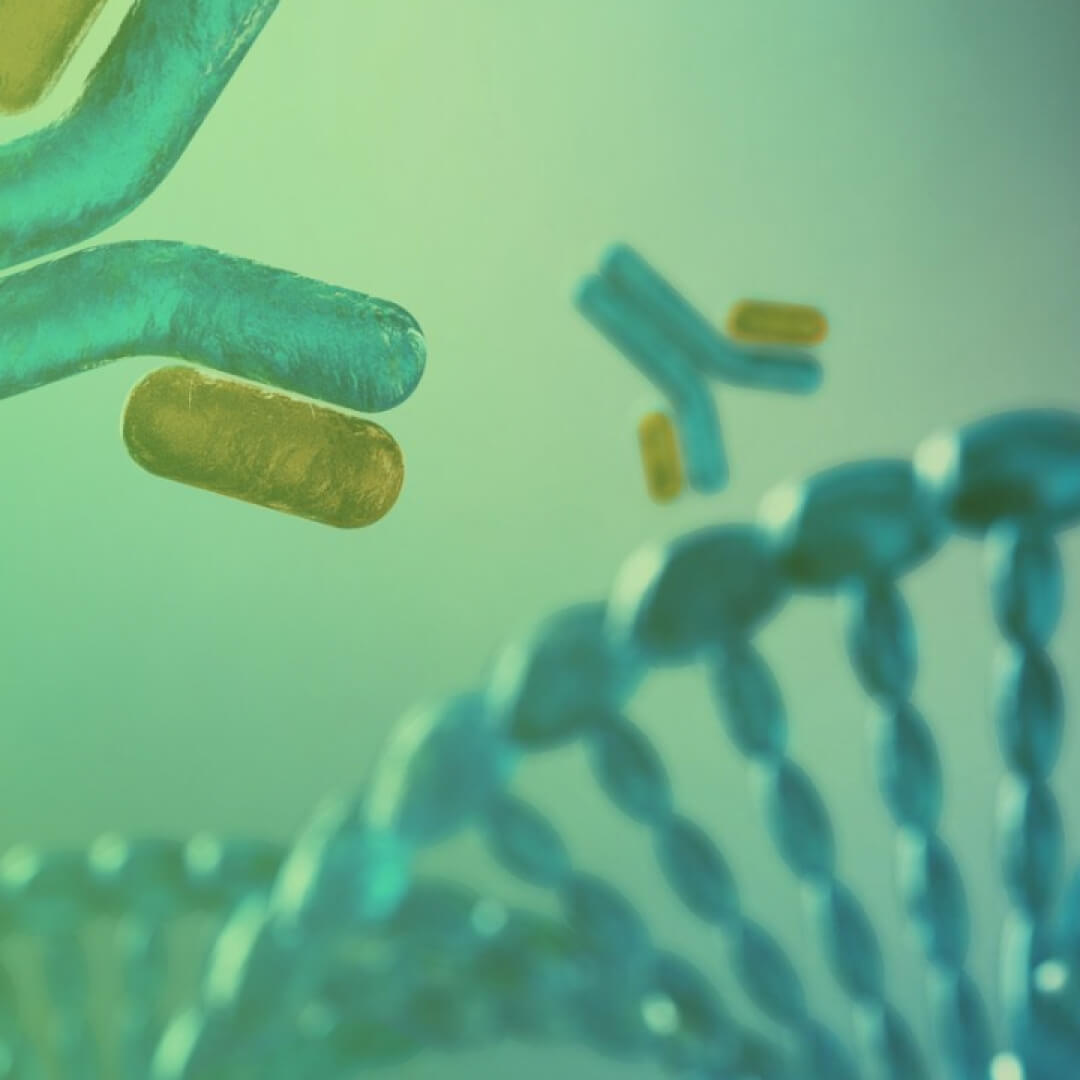
Nolan P, Auer S, Spehar A, Oplatowska-Stachowiak M, Campbell K.
Mycotoxins produced by Fusarium species including trichothecenes, zearalenone and fumonisins, can co-contaminate food and feed throughout the supply chain, including cereal grains and animal feeds. There is an increasing demand to enhance global food security by improving the monitoring of mycotoxins throughout our food supply chain. For time and cost-efficient analysis, rapid tests capable of detecting multiple toxins from a single sample are ideal. Considering these current trends in mycotoxin testing, this project examined the feasibility of using both a portable and non-portable mass-based biosensor for multiplex mycotoxin detection. The biosensor was a mass sensitive microarray (MSMA) which consisted of 4 × 16 miniaturized mass sensitive transducer pixels based on solidly mounted resonator (SMR) technology.
Publication year: 2019
Authors: J. Kuncová-Kallio, S. Auer, A. Spehar, H.H. Qu, D. Spasic, J. Lammertyn
Affiliations: Royal Society of Chemistry, United Kingdom
Published in: Rapid Antibody-based technologies is Food Analysis, 2019, Vol. 15, p. 223-255
doi: 978-1-78801-390-1
This book provides a description of antibody-based technologies used in food safety analysis. It focuses on key applications outlining the approaches used, their advantages and limitations and areas for future development. Each chapter is written by an expert or experts in the field who are highly conversant with the relevant topic being examined and its applications in the food area. A number of case studies demonstrating the utility of the methods described is included. To ensure that all key areas are covered, chapters include descriptions of sample preparation for analysis, often a major issue with foods, statistical sampling necessary for quality control, and the use of specific approaches, e.g. statistical, for verification of results. In addition, new technologies with significant potential use in specific facets of food safety analysis are included. These are by no means exhaustive but highlight novel strategies and platforms that offer significant opportunities for deployment to address key analytical challenges.
Keywords: Bulk acoustic wave sensors, mass sensing, label-free